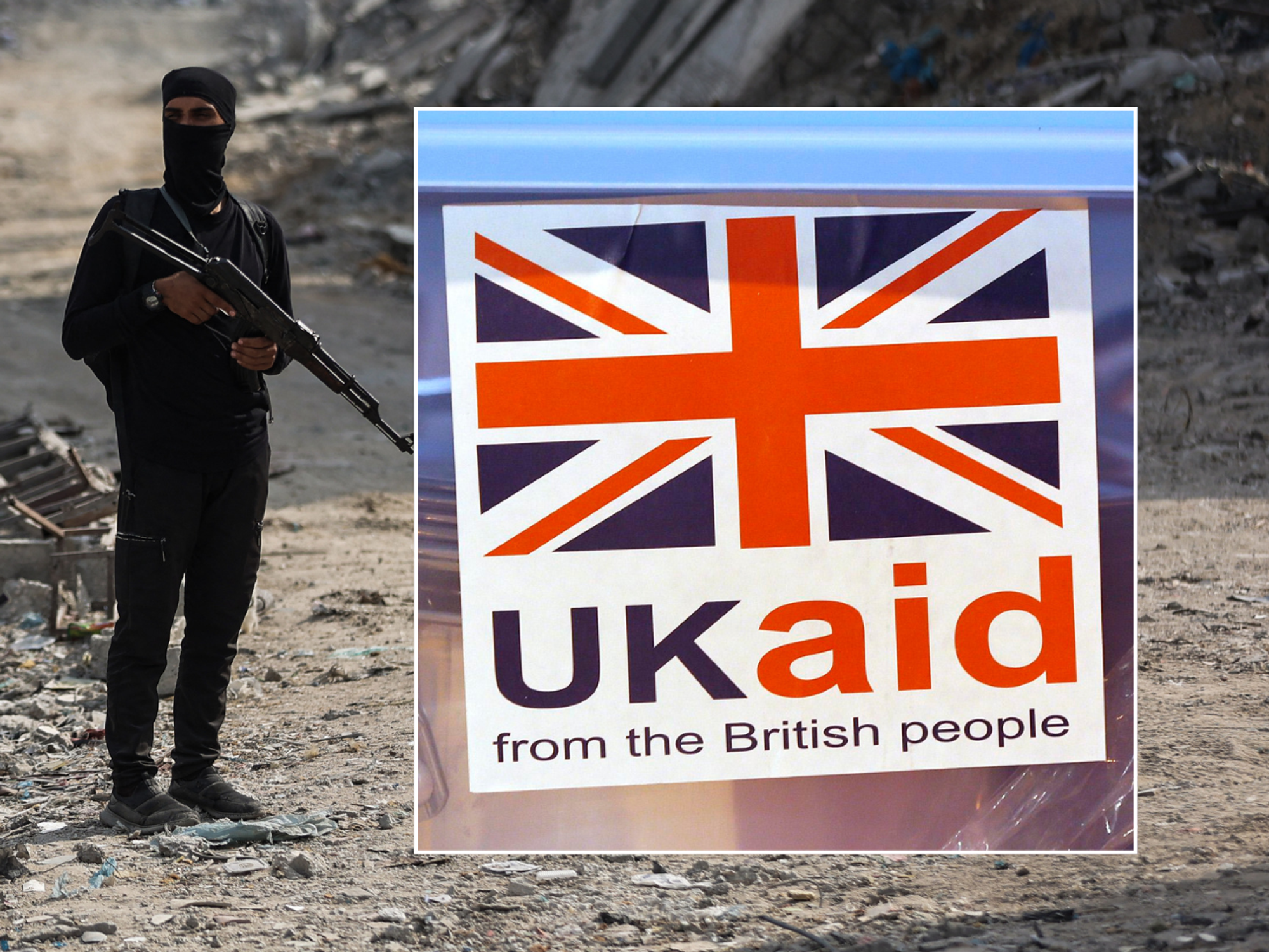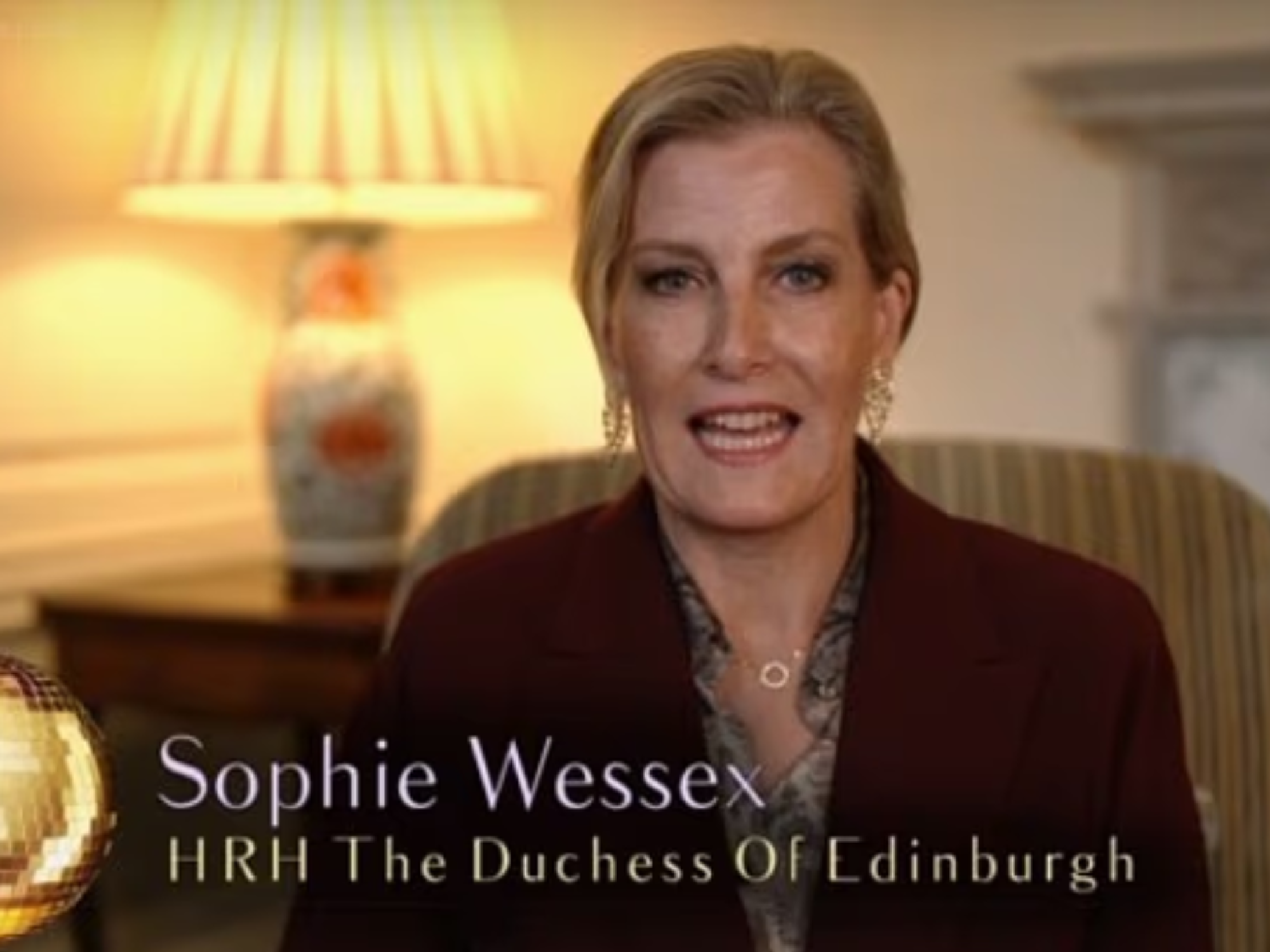Millions of PC owners abandon Windows 10 as critical Microsoft deadline approaches

Microsoft will pull support for all Windows 10 PCs in mid-October 2025 — a deadline that seems to be driving the drop in market share for the ageing operating system
|MICROSOFT PRESS OFFICE

Windows 11 tops 30% market share for the first time since its launch 33 months earlier
- Windows 10 will lose critical security updates on October 14, 2025
- After that, you'll need to pay an annual subscription to stay protected
- For months, that didn't stop the operating system from gaining users
- But new figures reveal a dramatic downward trend
- Windows 11 market share reaches an all-time high
Don't Miss
Most Read
Latest
Millions of PC owners have ditched Windows 10 in a move that's sure to please Microsoft executives. Counterintuitively, the US technology company wants laptop and desktop PC users to turn their backs on the operating system — first launched back in July 2015 — ahead of support being cut off next year.
From October 14, 2025, Microsoft will no longer issue new security updates or bug fixes for Windows 10. Without these critical software patches, PCs still running Windows 10 will be vulnerable to attacks from hackers, scams, and other data breaches.
Source: StatCounter Global Stats - Windows Version Market Share
Microsoft has unveiled plans to introduce a subscription for businesses and individuals that will roll-out new bug fixes and software patches. Known as Extended Security Updates (ESU), this could cost as much as £330 to unlock an additional three years of important security updates.
But with the clock ticking until the deadline, the number of PCs running Windows 10 initially started to increase — something Microsoft executives insisted they weren't concerned about.
However, it seems PC owners have started to abandon the soon-to-be-unsupported desktop operating system. Figures published by Statcounter show that Windows 10 market share has now dropped below 65%. That's an 11% drop compared to the figures from July last year.
Given there are roughly 1.5 billion devices powered by the Windows operating system worldwide, that drop represents 165 million PCs moving away from Windows 10.
With less than 450 days until Microsoft stops patching vulnerabilities uncovered by security or scammers, we'd expect this downward trajectory to start speeding up. Windows 10 usage dropped over 1% last month.
It's unclear what's happening to these PCs — some could be taking advantage of the free upgrade scheme to move to Windows 11, others could be sent to landfill as owners decide to switch to a new machine, and others could be abandoning Microsoft's software for free alternatives offered by Google and others.
As we've seen the number of Windows 10 PCs dip, data from Statcounter also shows an uptick in the number of Windows 11-powered devices. Last month, Windows 11 reached an important milestone: for the first time since it made its debut in October 2021, it crossed 30% market share.
According to the latest findings from Statcounter, the number of people relying on Windows 11 rose by 7.17% year-over-year. And while Windows 10 lost 1% of its market share in June, that same percentage was added to Windows 11, propelling to record usage worldwide.
It's still noteworthy that over twice as many people rely on Windows 10 than its successor.
Microsoft, Samsung, Lenovo, and a slew of other prominent PC manufacturers launched the first batch of so-called Copilot+ PCs in mid-June. These laptops benefit from a raft of exclusive features that you won't find on any previous Windows 11 models.

Microsoft has kickstarted a new category of Windows 11 PCs, known as Copilot+ PCs, that offer additional extras not available in other versions of Windows 11, thanks to their specialist AI chipsets
| MICROSOFT PRESS OFFICE | GBNCopilot+ PCs require a system-on-a-chip with a portion of its circuit board dedicated to Artificial Intelligence tasks, known as the Neural Processing Unit.
This enables the exclusive Windows 11 features, like real-time translation during video calls or when watching YouTube videos, a new Image Creator to generate never-before-seen images from a written prompt, and a "photographic memory" for everything you do on your PC known as Recall, which has been delayed over security concerns after Elon Musk cautioned millions to disable it.
LATEST DEVELOPMENTS
- Millions of UK mobile users issued text warning by Three Mobile
- Your Sky TV box just unlocked 6 brand-new channels for free
- Beginning of the end for Google? ChatGPT launches all-new rival
- REVEALED — Worst UK broadband named and shamed
These devices are also the first to ship with a new button on the keyboard dedicated to Microsoft's Copilot AI assistant — the first shake-up to the Windows keyboard layout since the Start key was introduced back in 1994.
It's unclear whether enthusiasm for these new devices, the looming support deadline for Windows 10, or a combination of both triggered the shake-up in market share for Microsoft's ubiquitous operating system.










